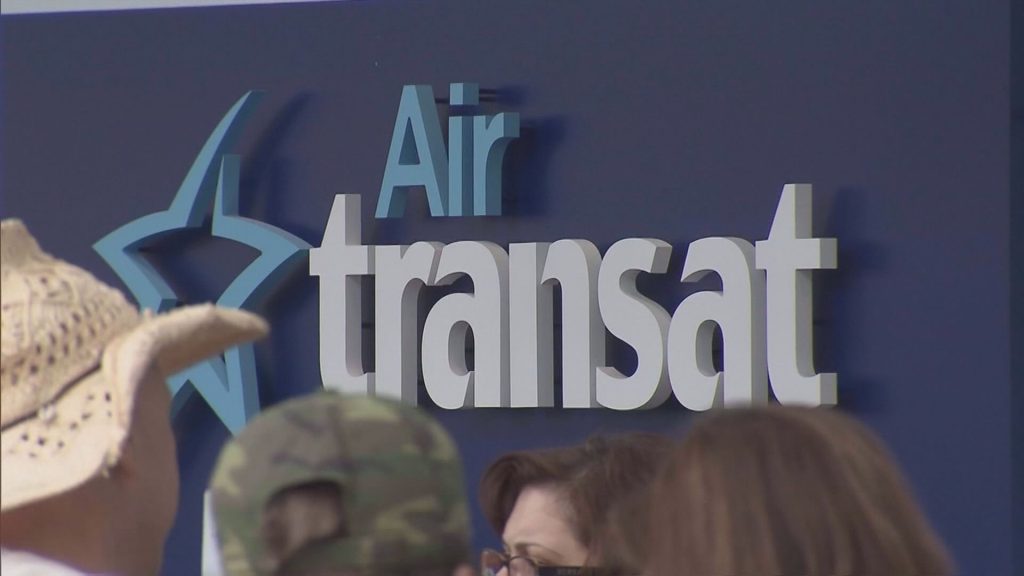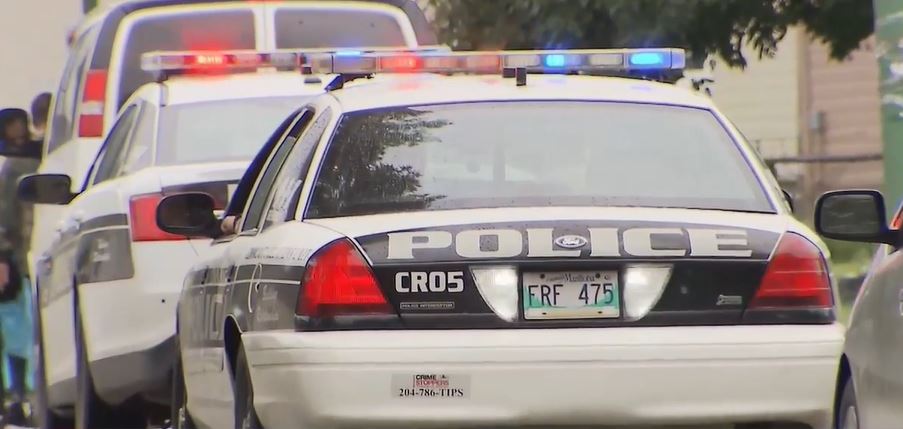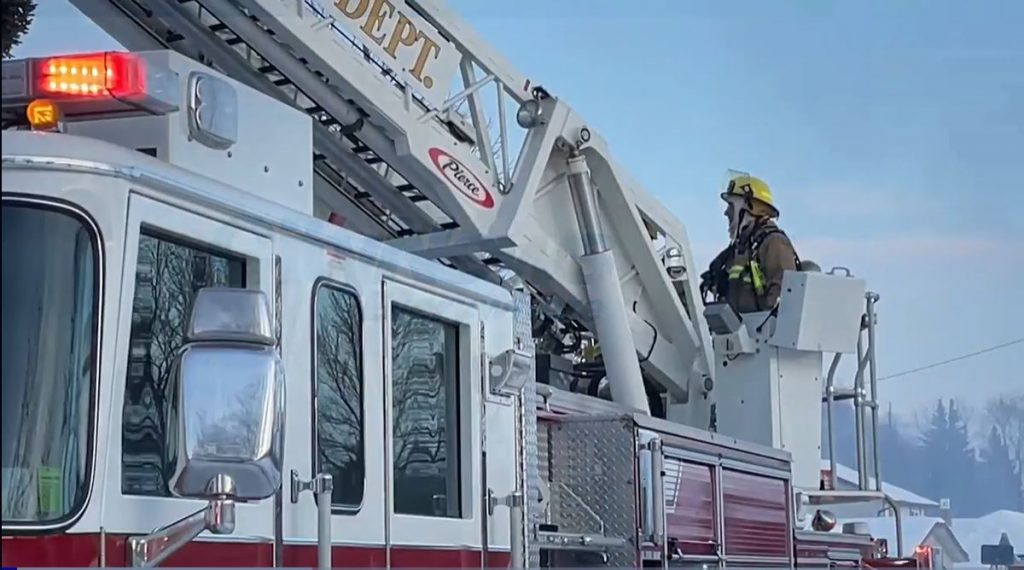Answering the call: A day in the life of Winnipeg’s first responders

Posted March 31, 2025 10:55 am.
Before the sirens and the flashing lights, there’s a voice on the end of the phone.
That’s where saving lives begins.
“We’re gonna be there quickly,” Lyndon Rasmussen tells the caller who’s dealing with cardiac symptoms. “Just stay on the phone with me.”
Rasmussen has already dispatched ambulance and fire crews while he reassures the woman on the line.
“I am sending paramedics to help you now. Stay on the line, I’ll tell you exactly what to do next,” he says.
“I’m gonna tell you how to check your own pulse, OK? OK now find the Adam’s apple on your neck, use two fingers to feel either side of it for a pulse. Tell me when you’ve found it.”
Rasmussen stays on the line until emergency personnel arrive on the scene – in this case, a minute after the caller dialled 911. “Is that the firefighters there? The paramedics? Alright, I’ll let you go, OK? You take care.”
Working at Winnipeg’s 911 communications centre is not what Rasmussen envisioned for his career, but it’s been his home away from home for the past 15 years.
“It’s a really, really interesting job,” said Rasmussen, lead communications. “Never had another job like this. Not the job I figured I’d land in. Again, I did my fire training. I’m a trained firefighter and I wanted that life. But I enjoy the work I do and it’s awesome here.”
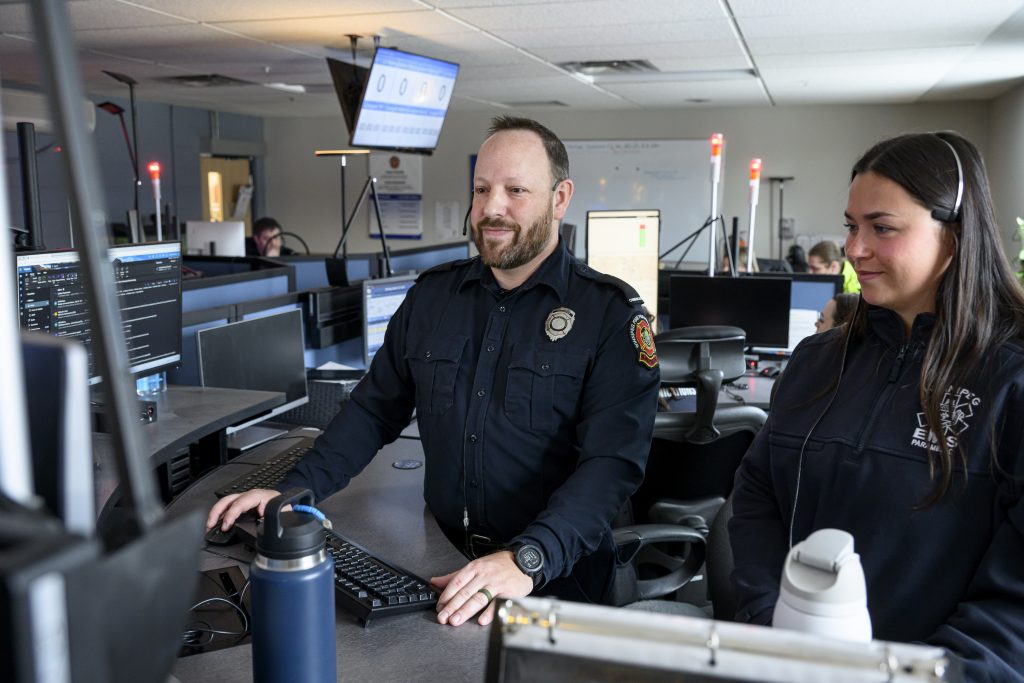
With life-or-death situations calling into the centre 24/7, the team is always on high alert. And so, it’s crucial they keep the environment as comfortable and calm as possible to be ready for what’s waiting for them on the other end.
“It’s kind of quieter in the room ’cause the phones aren’t ringing out loud,” said Chad Sukhbir, district chief communications with the WFPS for the last 13 years. “But basically the call-takers can be on back-to-back calls, so we try to create an environment that has less stimuli around because they are experiencing a lot through their headset on a constant basis. As well as you’re constantly facing these screens that are lit up at you that we try to create a more calming environment around them.
“The supervisors, myself, will come in at 6:30 and we organize the rotation schedule. So basically we decide where everyone starts at their desks, and then where they’ll rotate every two hours after that.”

Calls increasing, but resources lacking
Sukhbir says life at the communications centre “keeps getting busier and busier.”
Rasmussen has noticed calls ramping up too, which he says is due to increased structure fire, mental health and overdose calls.
“I believe the call volume when I started in 2010 was around 85,000 calls that year,” Rasmussen said. “Two years ago we did 176,000 calls. It roughly equates to just less than 500 calls a day that we’re dispatching.”
Out of the thousands of calls he’s taken over the years, some stand out, including four births.
“One was, the cord was around baby’s neck. Baby wasn’t breathing. Baby was blue,” he recalled. “So the dad did everything I said and baby ‘pink’d up’ and started crying and breathing.
“The one, it was the middle of winter and it was out on a highway. And it was a long response time for us so the dad took off the mom’s boot lace to tie around the umbilical cord, because we don’t cut the cord pre-hospital, we want to clamp it. So that’s our protocol and the dad was able to use the mom’s boot lace to tie the cord and then our responders got there. Baby and mom were good in the end and we have to improvise sometimes on those calls.”
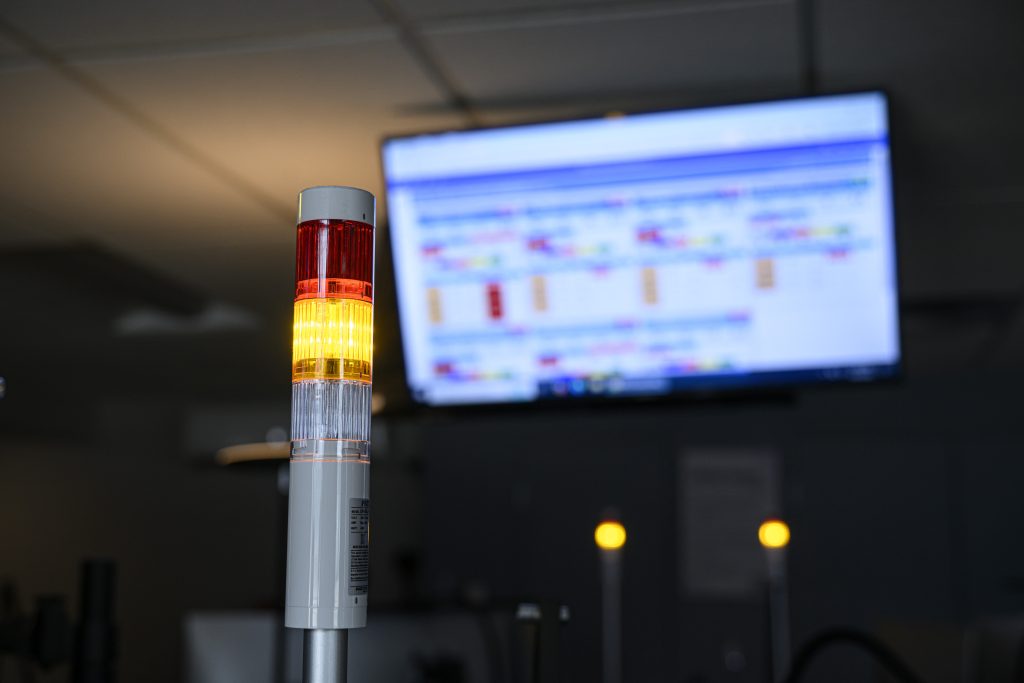
And improvising isn’t easy. The communication centre’s biggest problem: not enough help to go around.
“That’s a big struggle for us right now, is finding resources to send when people are hurt or sick,” Rasmussen said.
“We have zero per cent ambulances available for the city right now, so we have no ambulances available in Winnipeg right now. Which is, unfortunately, a normal situation.
“Some calls do wait. It’s difficult because we know someone can be very, very sick or very, very hurt and we don’t have resources to send them. We respond to a lot of elderly folks that fall, so they will sit sometimes with possibly a hip fracture because it’s still a low-acuity call for us.”
But with increased need also comes the need for change, and the team is ready to adapt. In the coming months, incoming calls will be triaged differently, leaving more resources for people who need it most.
“We have a job that matters, we do it well” Rasmussen said. “Yeah, and I’ve got a good team here. And I enjoy the work we do.”
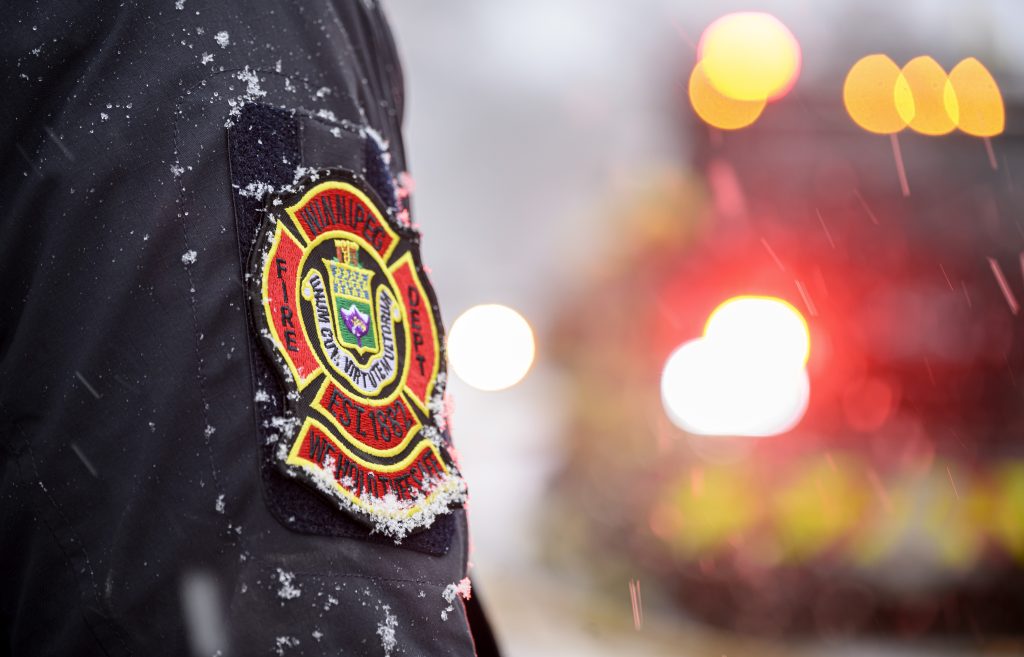
Fighting fires with new technology
After a call comes into the 911 communications centre, it’s dispatched to a team across the city, which mobilizes immediately.
On this day, CityNews is there when firefighters and paramedics are called to an early-morning fire at an apartment on College Avenue. The blaze is still smoldering around the top window when we arrive.
“Little bit challenging ’cause they had to make their way up three storeys, up the stairwell and stuff with the hoses and stuff, so a little bit challenging to get up,” explained Russell McKenzie, the district chief of paramedic operations, who has been with the WFPS for 25 years.
“So in this case the whole building would be evacuated and stuff. They would get them out. If they needed to, they would have people shelter in place if they needed, but it sounded like in this instance that everyone had evacuated the building.
“If there’s any patients or any firefighters or anybody gets injured, our role is to provide medical care to them at the scene.”
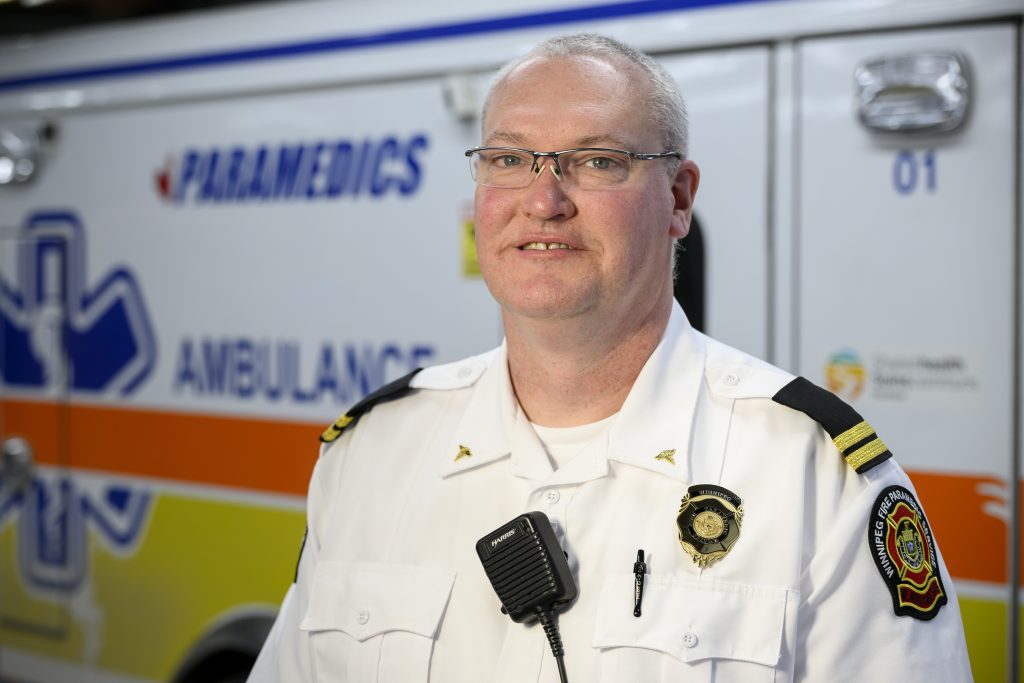
McKenzie’s fire counterpart at the scene is Dick Vlaming, district chief 24.
“So they knocked the fire down from the outside and crews got in there quick. Quick knockdown, really good job,” said Vlaming, a firefighter for 39 years.
It was then time for the overhaul.
“Overhaul is making sure that there’s no more fire left,” he said. “Every nook and cranny is opened and make sure that there’s no more active fire.”
Vlaming says a big help for fire crews in today’s day and age — whether they’re facing small embers or a sea of flames — is the technology now available.
“If this fire had actually gone into the roof, I could send the drone up and it has thermal imaging on there,” Vlaming told CityNews. “I don’t have to send anybody on the roof, and I can see where this fire is travelling or if we’ve knocked it down.
“When I got on, we never had that. So it was, send guys up and a lot of crews. It helps us and it keeps the firefighters safe also.”

But with Winnipeg firefighters taking some of the largest amount of calls across the country, sometimes they need a little extra help.
Enter Scooby, Canada’s first dog who graduated from the Bureau of Alcohol, Tobacco, Firearms and Explosives program in Virginia. He’s what’s called an “accelerant detection canine” – trained to look for smells of accelerants possibly used to start a fire.
With no injuries and the fire quickly moving to be completely extinguished, it was a job well done all around.
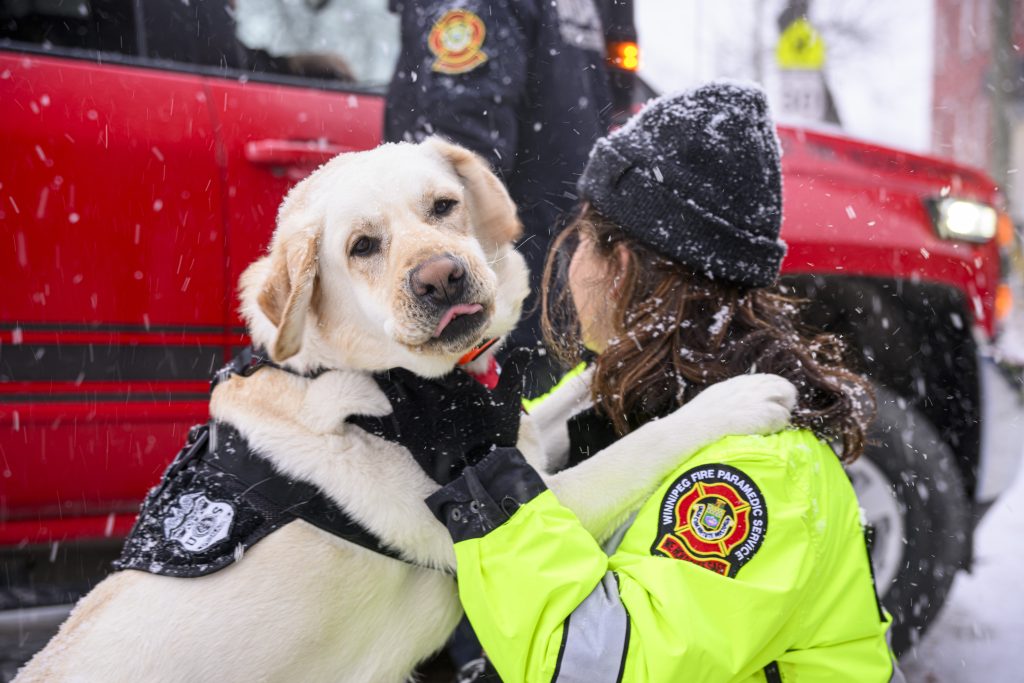
“Everybody just worked hard today,” Vlaming said. “Everything worked really good, so no injuries. So that’s what we want.”
But in the fast-paced world of first responders, there’s not much time to sit back and pat yourself on the back. Immediately, we’re onto the next call – and McKenzie is already weighing all the options.
“So we’re going for a female who’s fallen outside,” McKenzie said. “One of our fire crews is on scene and they’ve requested an ambulance to call priority 1. Priority 1 is lights and sirens response. We were just at that previous call, you know it’s icy outside, we’ve just had this fresh snow came down and stuff. So I’m thinking, OK she’s fallen outside. She may have a fracture or something. She may have a head injury. It’s still a bit colder outside today, she’s on the cold ground, so we’re gonna need to get her up off the ground and into a warm environment as soon as we can and provide any further treatments that we’re gonna need to on the way to the hospital.”
Again, limited resources is taking a slight toll.
“Our fire crew arrived on scene, our firefighter PCP (primary care paramedic) assessed the patient and found her to have a lower-leg injury. So they had splinted the leg and they’ve called for an ambulance to come. But because we’re a little degraded right now, it’s taking us a while to get a unit assigned due to how busy it is right now. They’ve talked to the building here and they were able to get her off the ground and take her inside the building to help keep her warm just because it’s a little bit cooler this morning.”
Post-fire hygiene
CityNews later ran into Vlaming returning from another call, at which point his team was going through a meticulous post-fire hygiene protocol.
“What we do is, after the fire, crews take their equipment off and it’s bagged,” Vlaming described.
“It’s actually a big laundromat for turnout gear that the Winnipeg Fire Department has.
“It washes our clothes, makes sure it’s right back up to what our standards are, and in the meantime they’ve got a person coming with the same kind of equipment that they’ve had on so they can switch out equipment at any time. So the firefighters in a little while will be right back to where they were, getting on the truck, but with clean equipment.”

District Chief 4 Ed Yuen explains the important of cleaning fire equipment.
“Obviously, the biggest issue with fires is number one, high temperatures. Number two, hostile atmosphere in the sense of carcinogens that are emitted into the air because of incomplete combustion,” Yuen said. “Many years ago, I hate to say it, it was a badge of honour. If you were a firefighter and your gear was dirty, it was a badge of honour, meaning you went to a lot of fires, you did the work.
“And as studies show, we talk about forever chemicals and things, microplastics and everything that’s involved in it. Cancer is not only basically what you’ve ingested, but now it’s what is basically through osmosis, through your skin.
“And so the equipment that we use, as good as it is, does not give us 100 per cent protection … All personnel are encouraged to come back and shower, clean, change their clothing, get all those toxins and carcinogens off of us. When you talk about hygiene, moving forward, it is only gonna get better moving forward.”
Unpredictable, challenging, fast-paced
Just as things appear to be slowing down, another call comes in – sooner than expected. Right before lunch, one of the crews is off again.
“There was just a call so one crew left and there’s another crew finishing up, making lunch. When they get back, people will eat,” McKenzie said.
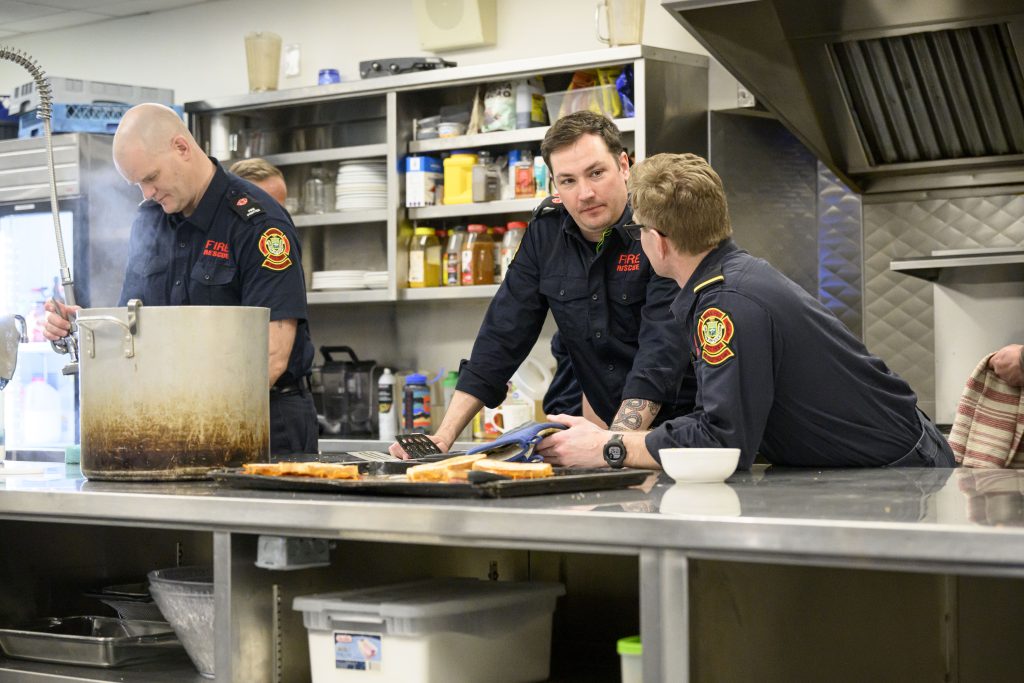
“We’ve had a busy morning, there was a lot of calls we went to, so it’s kinda nice to get a chance to slow down and catch our thoughts and eat and get ready for the afternoon.
“I think the day’s gone well, it’s been really busy. It was a really busy morning. Our resources were really stretched there, but it was a good morning.”
Unpredictable – it’s a word many first responders with the Winnipeg Fire Paramedic Service use to describe their days.
It’s why the training they go through is high level and incredibly precise, to make sure when they are out on the front lines they are prepared for anything.
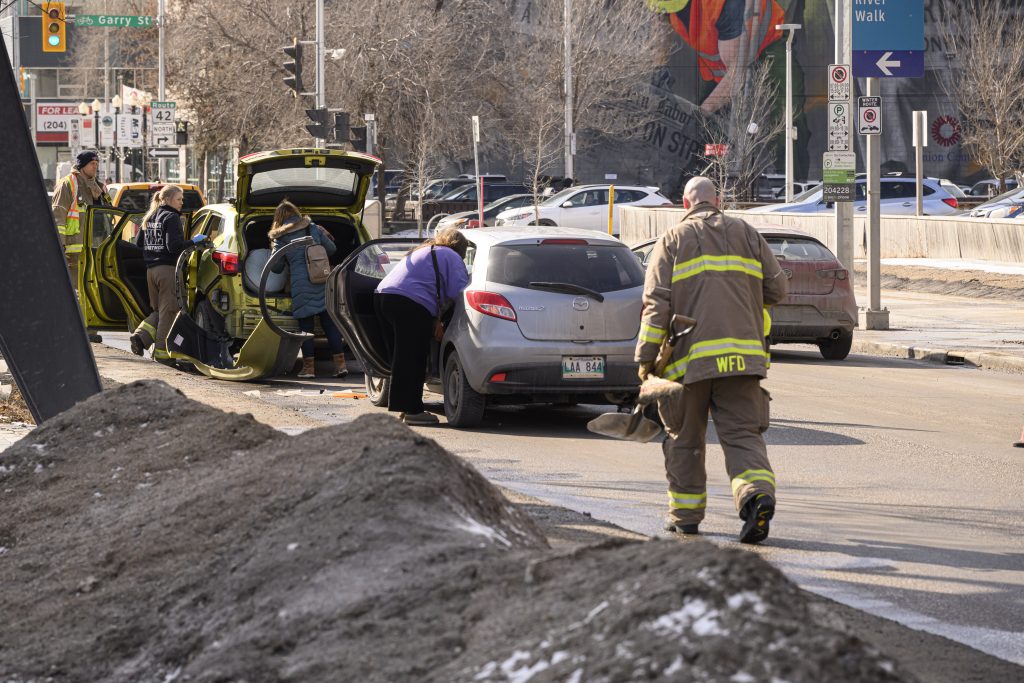
Scott Wilkinson, WFPS deputy chief of fire rescue operations and training, says the amount of calls and the number of reasons for calls have increased, so the team at the WFPS is constantly training and adapting to the changes.
“It’s been a big challenge for us,” Wilkinson said. “Our number of personnel and apparatus haven’t changed but our number of fires and the complexities of some of those incidents has. So our crews do a fantastic job of meeting the challenge.”
Wilkinson says teams try to be out within 60-90 seconds of dispatch. “So it’s pretty fast,” he said.
“I think the common misconception from old movies and storybooks is our crews are just standing outside pouring water on fires. This is a highly technical occupation, and our crews are experts in the science and the tactics they use.”
“I just take a lot of pride in what our crews are able to deliver to the public. At the end of the day, our crews are still here to help people on that worst day and I think they take a lot of pride in what they do. It takes a toll on our people but despite that toll, they keep coming here.”
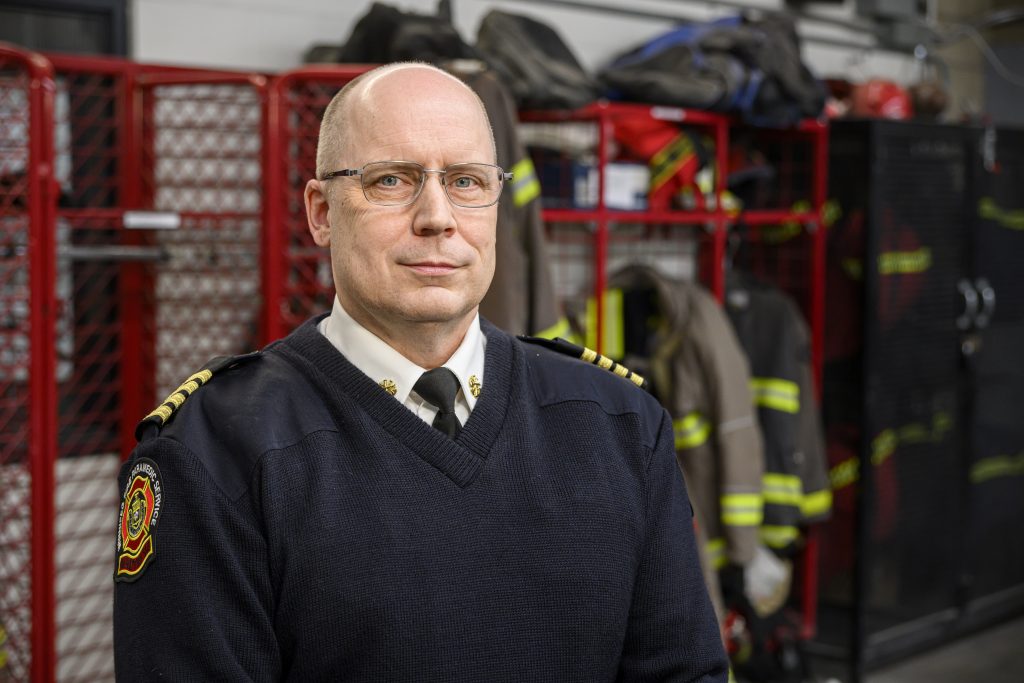
With call after call coming in, it’s time for CityNews to head out with Yuen. With 37 years of experience, Yuen has seen a lot, including how the role of firefighters has changed.
“So the call volume is quite high, we do a large percentage of medical calls,” Yuen said.
“Early on in my career when I rode the squads, we also did a lot of medical calls but a lot of our medical calls didn’t really involve hard drug use. It involved alcohol intoxication, right? And those calls were a little easier to deal with ’cause the people were somewhat more receptive to you helping them, getting them to a safe place.
“With the opioids and sometimes just the mental health of the individual, you never really know what we’re walking into. My biggest fear is that – when we go to a structure fire, I’ve calculated all the risks – but when we go to these medical calls, there is no way that we can calculate all the risk because it’s so unpredictable. We want to do the best for the clients we serve, but we also have to ensure our safety. And there’s a fine balance in that.”
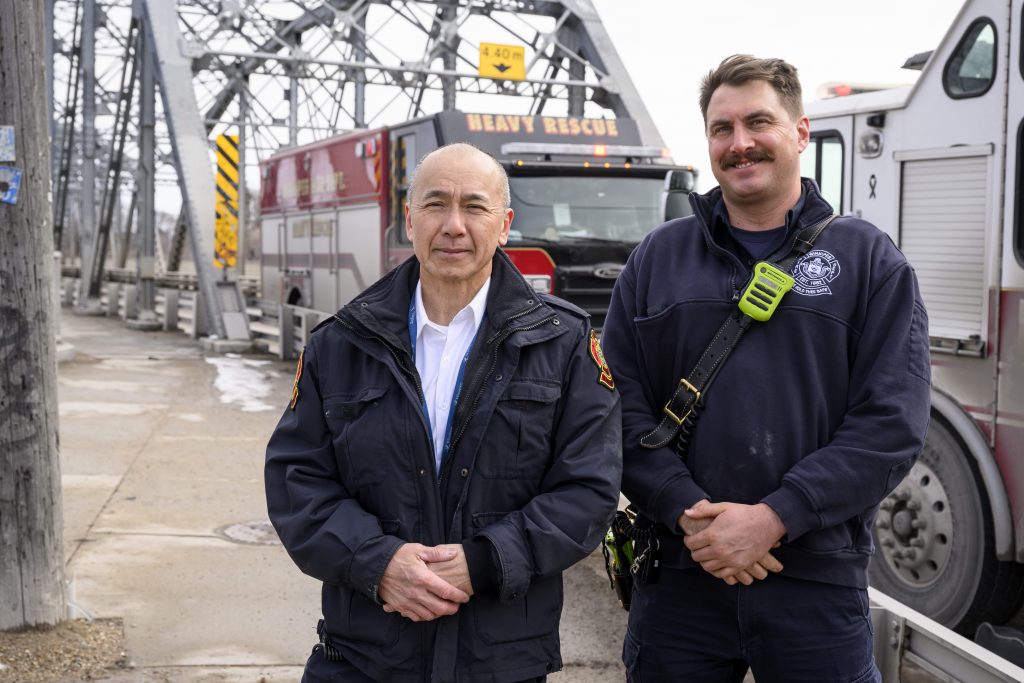
On thin ice
Within minutes of a call coming in about a motor-vehicle collision, firefighters were already on the scene. With emergency responders in control of the situation, it was a quick check-in with Yuen before we were off to the next call – about a man in the middle of the ice near the Redwood Bridge.
With unsteady weather going between freezing and thawing, the first priority was getting the man off the ice as quickly as possible – without compromising team safety.
“There are a lot of things that we have to take into account,” Yuen said.
The call brought in a dozen vehicles – from police, fire crews, paramedics and ice rescue – all with a very specific role to play in extracting the man from the ice.
“As the incident is progressing, you are assessing all the information that you get from the MPS system, the computer,” Yuen explained. “I’m listening to the communications. Generally, when responding to a call, there’s a very good chance that I will not be on scene first. So the first-in machine that arrives will be the incident commander. And he will be updating me, giving me all the information, and at one point in time after I’ve gathered all the information, I will assume command and then in conjunction with everyone on scene, we’ll try and mitigate the situation to the best of our ability.”
CityNews Connect: When The City Calls
Firefighter-paramedic Neil McKinley was among the first to respond.
“We had reports of somebody on the ice from, I guess Winnipeg police,” McKinley said. “We arrived on scene to find an individual on the ice, looked to have some medical issues that wouldn’t allow him to remove himself off the ice.
“Multiple trucks arrived. The first-in apparatus kind of took control of the scene, assessed the scene, and then the next-in crew was a water-rescue compliment. So those two individuals are trained in water rescue, either open water or ice, and two of those individuals put on our suits and the appropriate PPE and then made entry onto the ice and then assessed the victim. The next-in apparatus has a boat, kind of like an inflatable inner-tube style, it’s like a giant canoe or kayak that we use. Provides us a stable platform to work from.
“So two more individuals brought that boat out to the individual. Those four guys packaged the person in question and then we used that inflatable apparatus to move them off the ice and then essentially up the hill here to provide them to the Winnipeg Paramedic Service who essentially took that individual to hospital.”
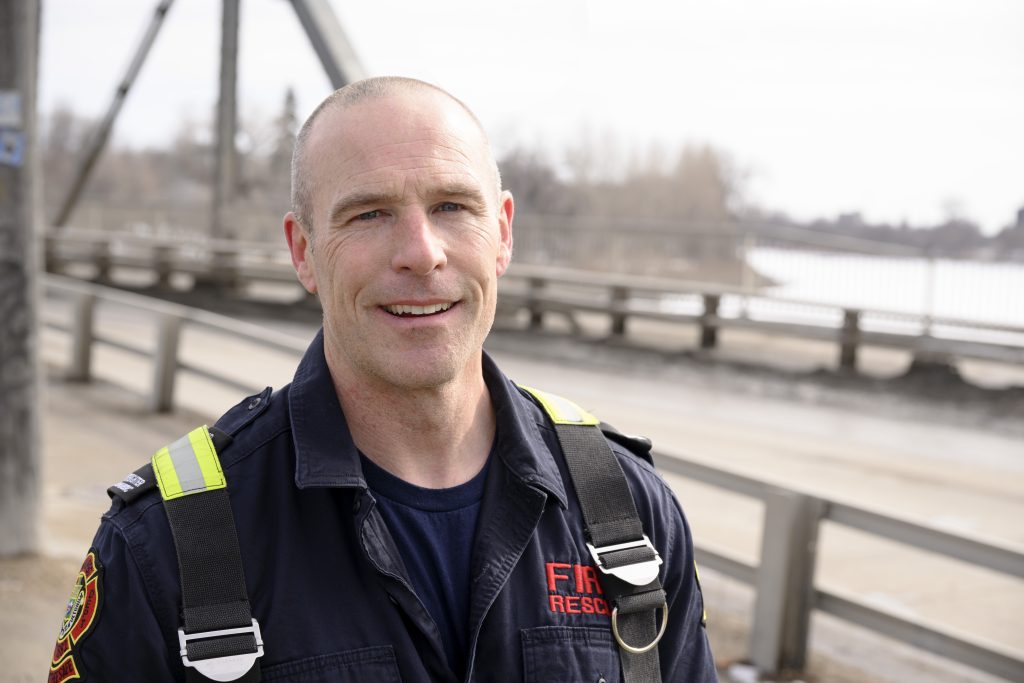
The process from ice to ambulance seemed quick and easy because of the level of training everyone receives.
“The guys on the ice are all trained to a certain qualification or level, in order to go onto the ice or into the surfaces, water or whatever the case may be,” McKinley said. “And then the shore crews are all guys willing to lend a hand or can’t enter the ice because different trucks have different equipment so they can’t enter so they all have familiarity. We’re fairly efficient, we get to use it fairly frequently, just with training, and then it kind of shows when we get to this kind of situation.”
With the patient on his way to hospital, Yuen turns his attention to the next scene that needs him.
And that’s what the job of a first responder requires – an “onto the next one” mentality and a versatility to tackle whatever the day throws at you. Lately in Winnipeg, it means doing that taxing work with fewer resources and increasingly complicated situations – all within a life-or-death setting.
It’s all about being there when the city calls.
“The old adage is like, when I got hired, I literally won the lottery,” Yuen said. “And so you might say, what kind of lottery? The lottery of a job that gives you so much satisfaction. A job that where the camaraderie… I can’t describe it. And those are your brothers and sisters that you basically cut your teeth with. Or as you progress from a new hire to a senior staff, you grow together, right? And like I said, I have no regrets.”
